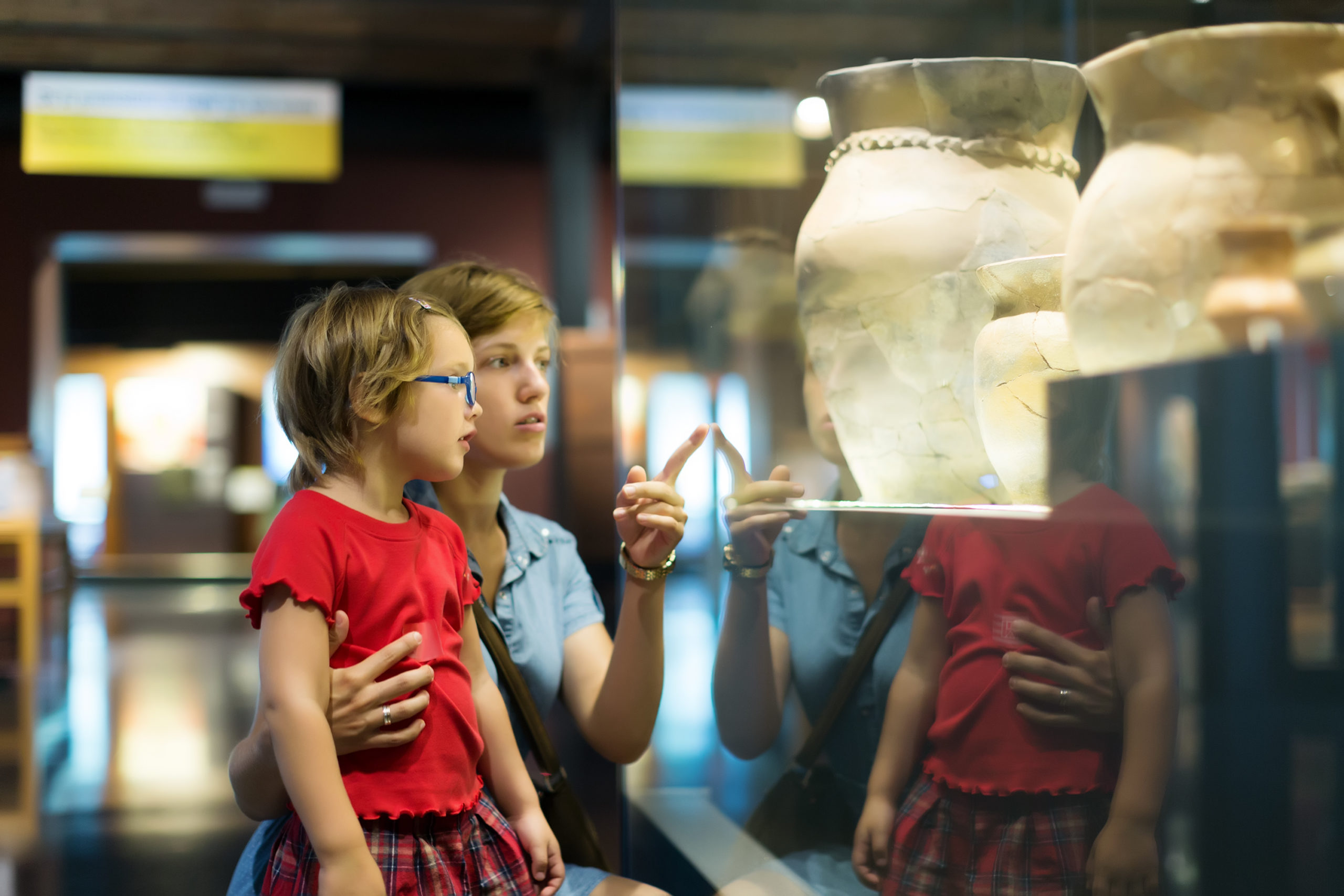In the frame of VX Designers Erasmus+ funded project, we have been working on exploring what is the state of the art of using exhibitions for learning in particular for pupils with SLDs or other disabilities. In literature, the topic of exhibitions and learning difficulties is not covered enough. However, there are things and factors that can be linked together and from which we can withdraw conclusions about why and how exhibitions can be helpful and beneficial for learners with learning disorders such as SLDs. Also, for the purpose of this research, we have reached and interviewed teachers and museum educators specialists in order to have some real, practice-based examples of cases and opinions to support this point of view.
The first element that suggests that exhibitions can benefit pupils with SLDs in learning, is their non-formal environment. In an exhibition setting, learning happens in the framework of an organised activity, yet it happens outside of the formal learning environment, for example in a museum, gallery or a virtual space. Learning is intentional as it occurs either at the learner’s initiative or as a by-product of the involvement of the learner in some other activity (OECD). It can also have clear learning objectives, for example to learn about the Renaissance or a concept of Science. This environment is extremely beneficial for all learners, but in particular for learners with SLD, who are often less engaged in schools’ formal settings which can create a certain amount of stress due to the restrictions in time, setting and schedule.
Literature and experts agree that pupils are more engaged and creative in less formal environments, as this allows them to ‘escape’ from the “constraints” of their usual learning settings (i.e., school). Experts also noted that in particular pupils with SLDs are the ones who react most positively to this alternative, non-formal learning environment.
In addition, exhibitions can offer a quiet learning environment, with a great multisensory stimulation. They also offer big support for visual learners which is a common case of learners amongst those with SLDs. This multisensory and visual stimulation can help pupils with SLDs in in-depth learning and understanding.
Furthermore, as we have seen in the previous article of VX Designers project, titled ‘skills learners develop as exhibition curators’, exhibition curation can be a very efficient and engaging tool for learning and developing skills. A fundamental factor that benefits learners with SLDs is the opportunity to work in a team, learn how to collaborate and work together around one idea, one project or a theme. In this way, learners with SLD who can be considered as ‘weaker’, can be assisted in achieving things within the team, and have the opportunity to express and discuss different perspectives, ideas or practicalities. This added value of the group and awareness of the different perspectives enhances greatly the acceptance in the team and can help developing SLDs confident and self-esteem, which is often low due to their limited abilities.
Finally, exhibitions provide a great opportunity for learners with SLDs to “reconnect” with this kind of cultural and more formal institutions. This is a very important aspect as due to their limitations, learners with SLDs tend to be less ‘invited’ in formal settings and cultural knowledge in many cases. In this sense, visiting or even better, creating exhibitions, is a learning practice that can support these learners to develop their social and individual skills and confidence, while being creative and enjoying the learning experience.
All the above conclude that learning using exhibition can be very beneficial for learners with learning difficulties and SLDs. More information and details on this topic are investigated through our VX Designers project. Currently we are producing the first output of the project which is the ‘Exhibition and school guide’: a booklet that contains information about the use of exhibition in schools, as an educational practice in Europe. This output aims to establish why exhibitions are adding value to school education. It will also include learning theories concerning the learning through exhibitions, the value of this process, the different types of exhibitions in education and some examples of exhibition creation practices across the EU.
Stay tuned! #VXdesigners

Project website: vxdesigners.eu![]() Follow the project on Facebook: @Logopsycom
Follow the project on Facebook: @Logopsycom
#VXDesigners #erasmusplusproject
Our partners in this ambitious project are Les Apprimeurs (France), Citizens in Power (Cyprus), the European Education and Learning Institute (Greece), CEPS (Spain), Fundacja ARTeria (Poland)


